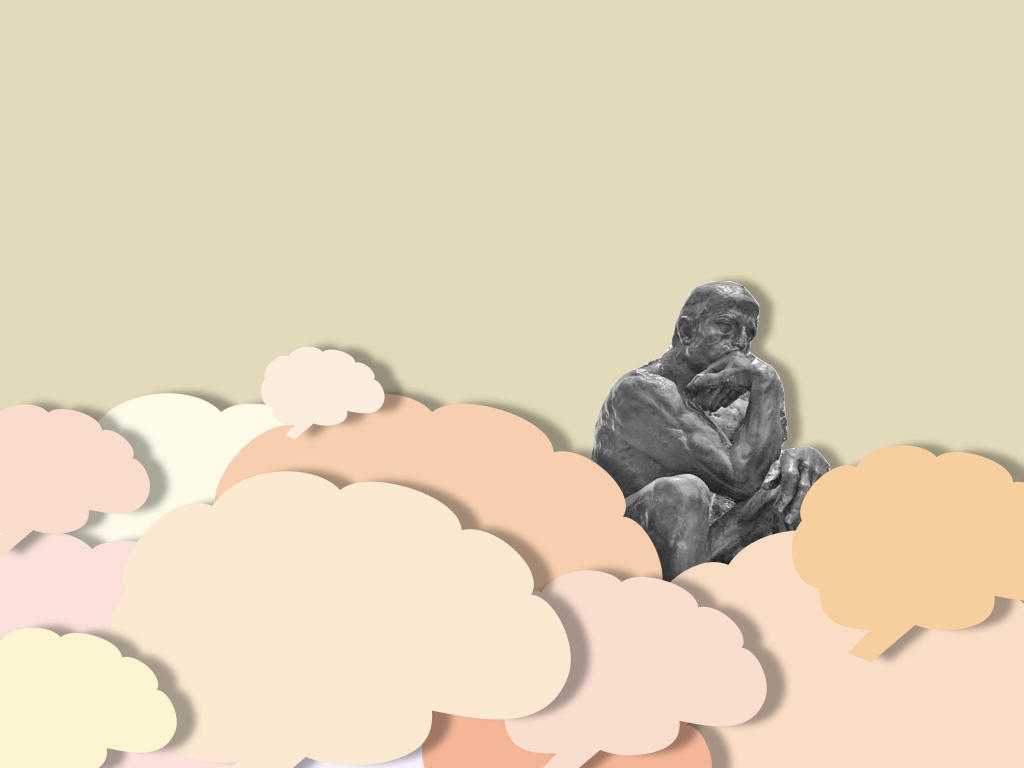You are here
Debunking Neuromyths
Neuroscience is a branch of biology concerned with the specific study of how the brain, and more broadly, the nervous system, functions. It covers many fields of research from the cellular level to cognition. There is absolutely no doubt that through the colossal volume of studies performed, scientific articles published and daily applications in practice, neuroscience has vastly increased our understanding of the workings of the brain and greatly improved the clinical management of certain diseases, although huge areas are yet to be explored.
Yet this scientific discipline, on which rest great hopes, is too often subjected to attempts to mislead the public. Through poor understanding or bad interpretation, scientific information about the nervous system may be deformed and turned into erroneous information which, when subsequently amplified, is distorted into neuromyths.



Neuromyths are quite literally myths about the working of the brain that come into being and are then propagated. As often the case, most of these neuromyths have a basis in actual scientific studies, but the results of these studies have been more or less well understood and deformed. It is on this shaky ground that a mythical or even mystical layer envelops the scientific result to create a neuromyth.
Like dogmas or religious beliefs, neuromyths are presented as absolute truths. And examples about, like the belief that we use only 10% of our brain, that our personality reflects the extent to which we use the right or left sides of our brain, that playing classical music to babies makes them more intelligent, and so forth. However, if we play close attention and carefully peel away the wrapping of such fables to expose the scientific origin of legends about the brain, it is possible to deconstruct these neuromyths and re-establish scientific accuracy. It is the duty of each one of us to avoid being taken in by an overly simplistic or reductionist message and to seek out reliable information on such matters. But indeed, this is no easy task and is very often time-consuming. But since this exercise is both necessary and useful, let us examine one of these mistaken beliefs: the 10% myth.
The 10% myth, alive and well
As blockbuster films, television series and science-fiction novels have repeatedly told us over the years, a well-known fact is that we only use a fraction of our brain’s potential. In fact, we even have it down to an exact amount: 10%. The reality, however, is that we use 100% of our brain’s capacity. The notion that we are somehow limited to 10% of our potential is completely false—and nothing more than a neuromyth.
According to some authors, this myth emanated from the great 19th-century American psychologist, William James, while others attribute it to Albert Einstein himself. But there is not a shred of evidence that either of these scientists ever uttered such an idea.
More seriously, the myth was probably nurtured by scientific studies such as those conducted by the psychologist Karl Lashley, who concluded that the cerebral cortex was undifferentiated and thus devoid of any specific function, or the fact that the engagement of very large numbers of neurons in a synchronous activity produces an epileptic seizure. However, the content and results of these studies have, at best, been misinterpreted or deformed, and at worst, completely invented. While the precise origin of this myth remains a mystery, the evidence that such a belief is erroneous is very real.



First, in evolutionary terms the notion of the brain as an underused organ is quite simply absurd. The human brain accounts for 2% of total body volume. In relation to its mass, its energy consumption is enormous, since it uses some 20% of the body’s total energy resources. It is highly unlikely that our species would have conserved an organ that consumes such a large proportion of available resources if its output were a meagre 10% of its entire capacity. If the myth of our brain’s usage being limited to only 10% of its potential were biologically proven, without a doubt this organ would have undergone drastic changes throughout the thousands of years of evolution of our species. The redundant parts would have been eliminated to optimize the ratio between energy consumption and utilization of capacity.
Furthermore, numerous observational studies in patients with brain lesions have shown that no part of the brain is redundant. All cerebral regions clearly play a part in information processing, preparation for action, or particular forms of behavior. Similarly, whether through the recording of electrical, magnetic, chemical or metabolic activity in healthy brain, no scientific studies have demonstrated the existence of an entirely silent zone within this organ.
In conclusion, if the brain is indeed not limited or restricted, this is because there are no arguments supporting the thesis according to which we use only 10% of our brain. On the contrary, not only does scientific evidence refute this popular belief; it also proves that in fact, we use all of our brain.
It is important to always be aware that in science, arguments put forward to refute or confirm a given idea must always themselves be the outcome of scientific processes. Such processes are based upon concrete evidence, obtained by observation and experimentation, and they require time in which to compare overall findings and replicate any results deriving from isolated experiments. Only after such scrupulous examination, can any valid response be formulated. No scientific argument, regardless of its source, can exist in the absence of evidence, justification and references. It is the duty of each and every one of us to avoid such misleading concepts and to combat pseudoscience like the 10% myth, which is simply one example amongst many within the large body of neuromyths.
The analysis, views and opinions expressed in this section are those of the authors and do not necessarily reflect the position or policies of the CNRS.






